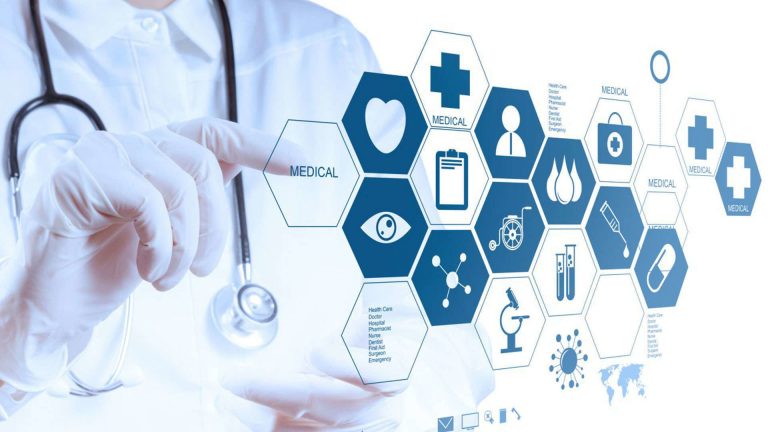Medical emergencies can happen to anyone, at any time. When they do, it’s important to know how to identify them and how to respond appropriately. Understanding the different types of medical emergencies can help you prepare for and respond to them in the most effective way possible.
- Cardiac emergencies
Cardiac emergencies include heart attacks and cardiac arrest. In a heart attack, blood flow to the heart is blocked, leading to damage or death of heart muscle tissue. In cardiac arrest, the heart stops beating altogether. Symptoms of a heart attack include chest pain, shortness of breath, nausea, and sweating. Symptoms of cardiac arrest include sudden collapse, no pulse, and no breathing. Immediate medical attention is necessary in both cases.
- Stroke
A stroke occurs when blood flow to the brain is disrupted, leading to brain damage. Symptoms of a stroke include sudden numbness or weakness in the face, arm, or leg, confusion, difficulty speaking, and severe headache. A stroke is a medical emergency that requires immediate medical attention to prevent further damage.
- Seizures
Seizures are caused by abnormal electrical activity in the brain. Symptoms of a seizure include muscle spasms, loss of consciousness, and confusion. Seizures can be caused by a variety of factors, including epilepsy, head injuries, and infections. If someone is having a seizure, it’s important to protect them from injury by moving any nearby objects out of the way and guiding them to a safe place.
- Breathing emergencies
Breathing emergencies can be caused by a variety of factors, including asthma attacks, choking, and respiratory infections. Symptoms of a breathing emergency include shortness of breath, wheezing, and chest tightness. If someone is having a breathing emergency, it’s important to seek medical attention immediately.
- Allergic reactions
Allergic reactions can range from mild to life-threatening. Symptoms of an allergic reaction can include hives, itching, swelling, and difficulty breathing. Severe allergic reactions, known as anaphylaxis, can cause a drop in blood pressure, loss of consciousness, and even death. If someone is experiencing anaphylaxis, it’s important to seek immediate medical attention.
In conclusion, knowing the different types of medical emergencies can help you be prepared to respond in a timely and effective manner. If you encounter a medical emergency, stay calm, call for help, and follow any instructions provided by medical professionals. By being prepared, you can help ensure the best possible outcome for those in need.


3 thoughts on “Understanding The Different Types Of Medical Emergencies”